Introduction to Tarot
For centuries, the Tarot has fascinated individuals seeking insight and guidance. This article sheds light on the Tarot's definition, its historical roots, the structure of a Tarot deck, and the way it finds relevance in the contemporary world. With this foundational knowledge, anyone can begin to understand the potential wisdom that Tarot has to offer. Whether it's about forecasting the future or seeking deeper self-understanding, the Tarot remains an enigmatic tool that continues to evolve with time.
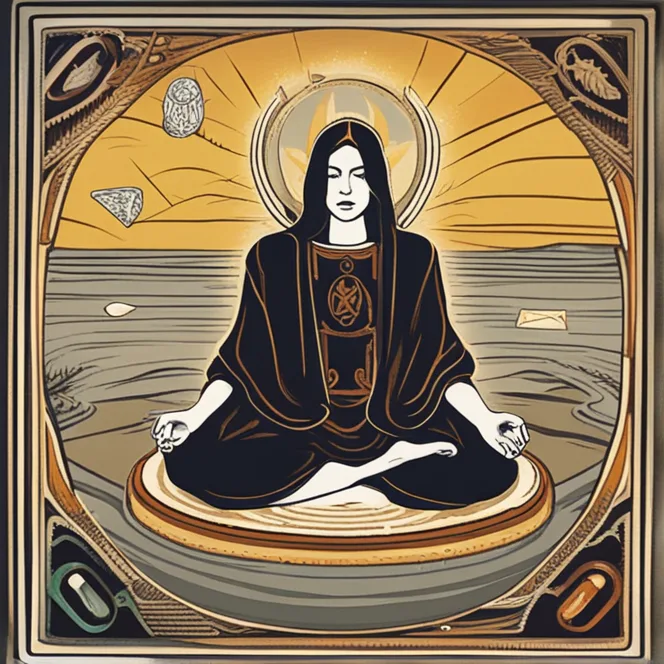
Historical Significance
The journey of the Tarot is as mysterious as the symbols it carries. Originally perceived as a game in the 15th century, the Tarot evolved into a tool of divination. The cards were adorned with emblematic imagery, reflecting a blend of medieval iconography, religious symbolism, and alchemical allegories. Fast forward to the present; the historical significance of the Tarot adds a layer of depth to its practice, providing a bridge between ancient wisdom and contemporary queries, making it a timeless instrument for personal exploration.
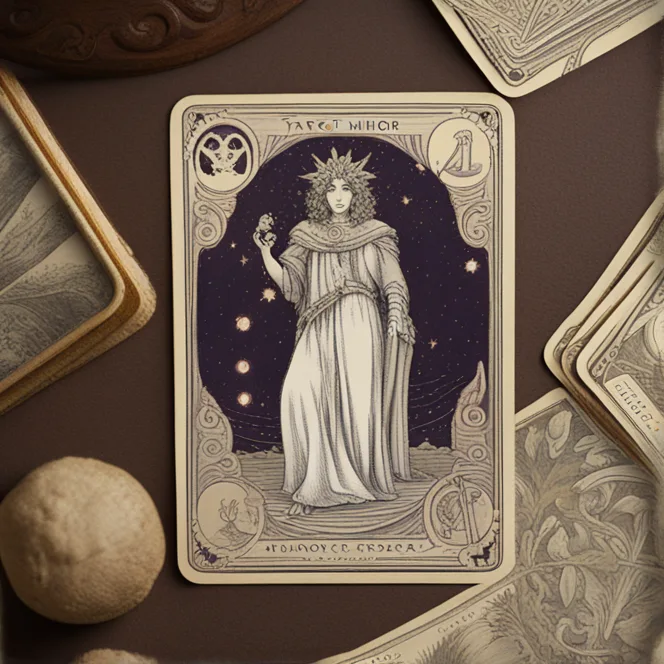
Anatomy of a Tarot Deck
A standard Tarot deck comprises 78 cards, segmented into the Major Arcana and Minor Arcana. The 22 Major Arcana cards symbolize the life's spiritual lessons and karmic influences, while the 56 Minor Arcana cards represent the trials and tribulations of daily life. Each suit within the Minor Arcana—Cups, Swords, Wands, and Pentacles—resonates with a particular aspect of human experience, offering a nuanced reading upon every consultation, reflecting individual journeys.
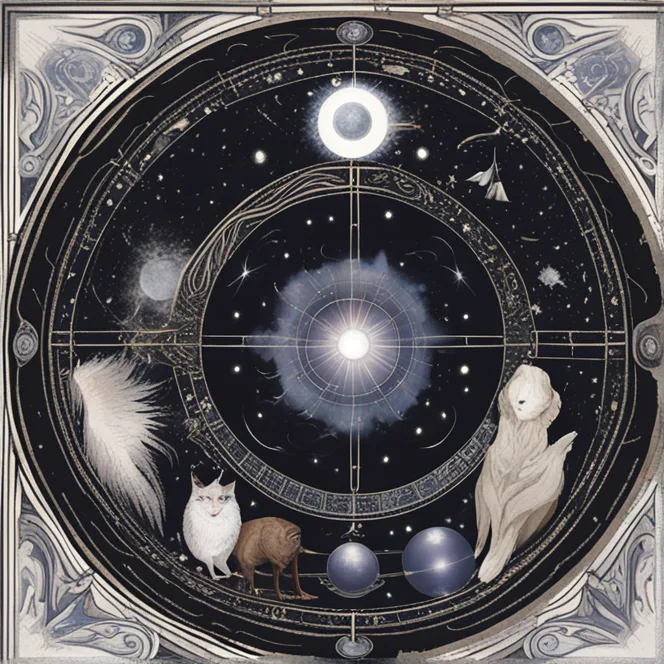
Methodology and Reading
The Tarot reading process is a complex interplay of intuition and interpretation. A reader will shuffle the deck, drawing cards for a specific spread, each position reflecting an aspect of the querent’s life. From simple three-card layouts to elaborate Celtic Cross spreads, the cards weave a narrative that can guide individuals towards introspection and decision-making. As readers interpret the card's symbolic imagery in context, the Tarot acts as a mirror reflecting one's subconscious.
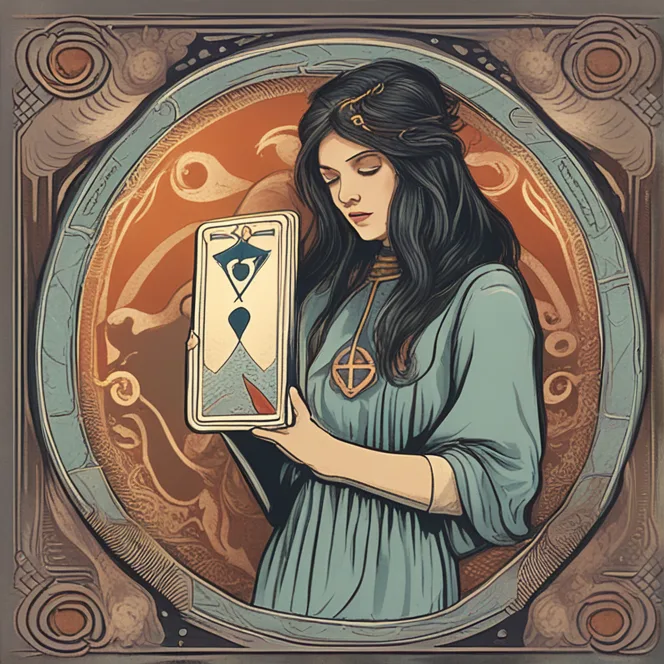
Modern-Day Applications
Today, the Tarot transcends its mystical roots, finding a home in daily mindfulness practices, psychological exploration, and creative inspiration. Trends within historical astrology forecasts and horoscopes for 2024 and beyond often intersect with Tarot themes, as people search for personal clarity amidst a rapidly changing world. The Tarot responds not by dictating fate but by empowering individuals to navigate the complexities of life with greater awareness and confidence.
Conclusion
In essence, the Tarot is more than just a set of cards; it is a philosophical tool that fosters reflection, personal growth, and a deeper understanding of the universal human experience. As we embrace new ages and cultures, the Tarot's essence continues to adapt, remaining an evergreen companion to those who seek its insight. Whether you're a skeptic or a believer, allowing yourself the experience of a Tarot reading can open new perspectives and potentially transformative experiences.
Published: 12/15/2023
Modified: 12/15/2023
More predictions
Come back here soon to learn more about yourself and your future

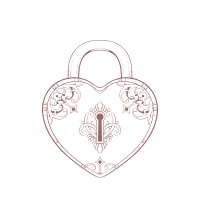
The Meanings Behind Tarot Cards
Delve into the rich symbolism and significance of tarot cards and their meanings across the Major and Minor Arcana.
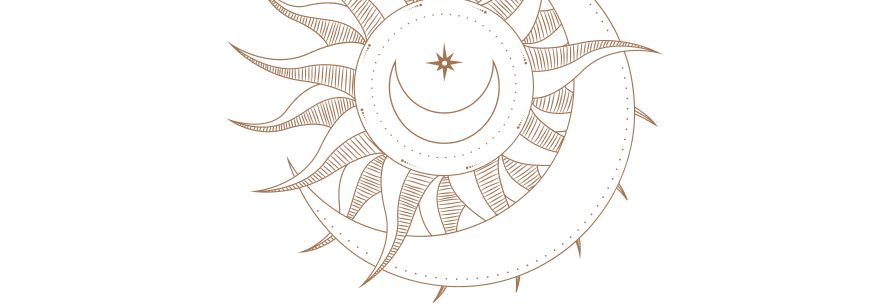
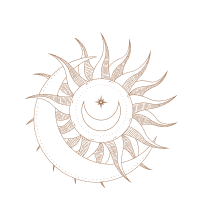
Tarot: The Mystical World of Pentacles
Delve into the Tarot's suit of Pentacles and their symbolism in life, work, and material matters.
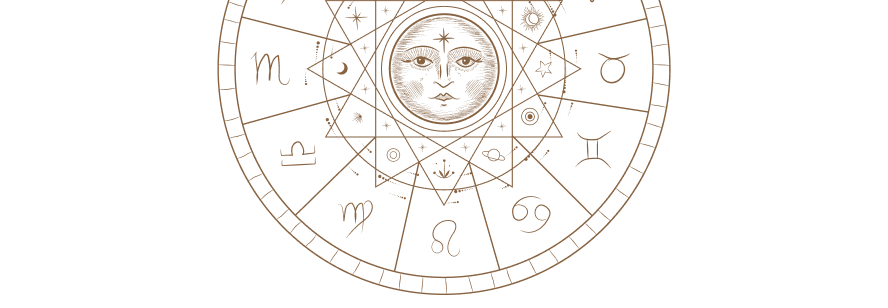
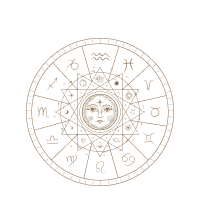
The Tarot Pentacles Suite
Delve into the rich symbolism of the Tarot's Pentacles suit and its implications for wealth, prosperity, and life lessons.